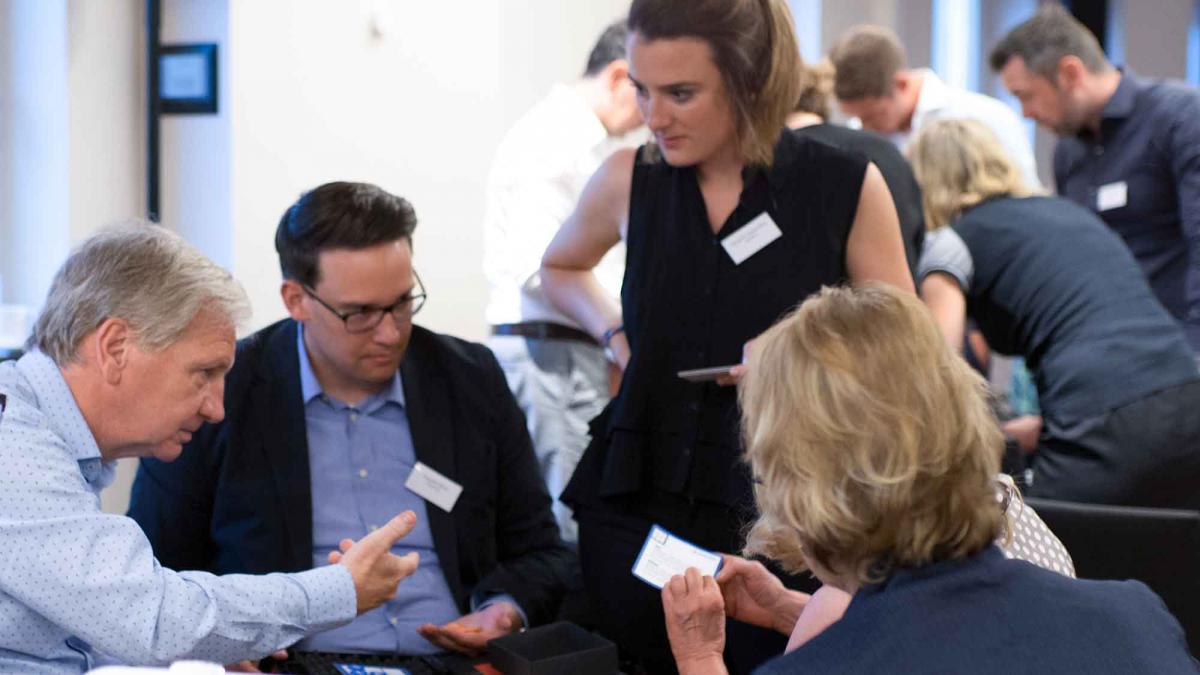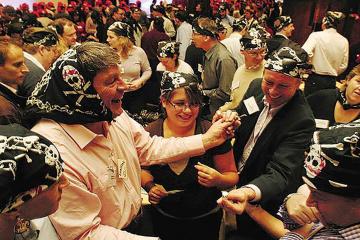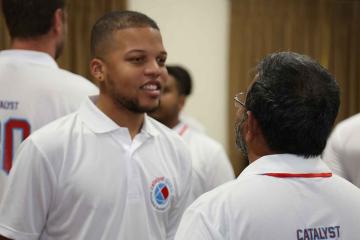Companies have been divided into organisational units since industrialisation. This makes sense, as in so doing it makes it possible to combine related tasks and activities and pool resources.
It does, however, come with challenges. In order to streamline efficiencies, companies need to ensure that departments work and function together. Associated structural difficulties must be repeatedly worked on and resolved by organisations. Of course, this is common knowledge. Most companies use organisational charts to illustrate how in their organisation, the employees of one organisational unit work together with the other units.
However, it is not enough just to create the structural conditions so that departments and their employees can interact smoothly with each other. The circumstances must be created so that the employees WANT to do so.
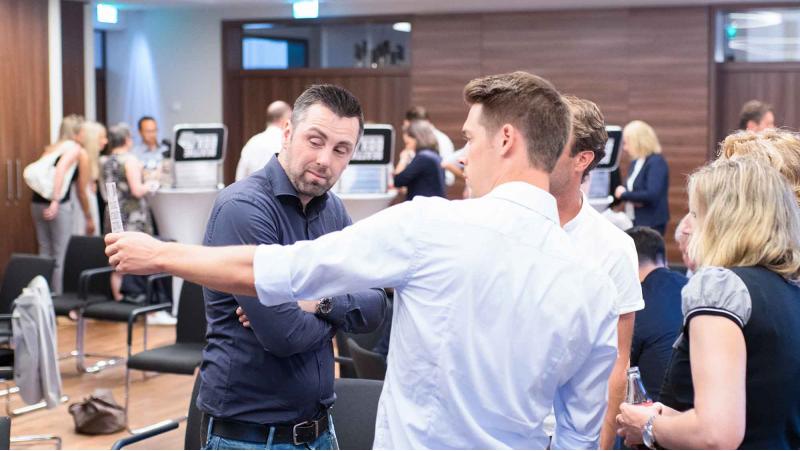
Departments - A social group?
From sociology and social psychology, we know various phenomena that make group collaboration difficult. Examples include In-group vs. Out-group and, Stereotyping. Although these phenomena do not explicitly describe the collaboration of organisational units, they do reveal that individuals in groups often have reservations about individuals from other groups.
Various studies and experiments show that the sense of belonging within a group is particularly pronounced when the individual elements are very similar in social terms. Social similarities not just confined to elements such as education level and income class but also include gender and skin colour and hobbies. It seems plausible that departments with specialised functions would tend to have similar levels of education and income levels. Based on this premise, this may result in such a department forming its own social group within the company.
In-group, stereotyping and out-group formation
This creation of an in-group to which a person psychologically identifies as being a member results in favouritism towards an in-group and the absence of similar favouritism towards an out-group. This preference and affinity for one’s in-group over the out-group, or anyone viewed as outside the in-group can be expressed in the workplace in a variety of ways.
How often have you heard somewhat humorous, though underlying derogatory terms for teams in your organisation? “The Nerds from the EDP”. “The Ones Up There”. “The snails from production”. Further, out groups are often labelled as the excuse for not hitting targets or objectives. "WE could work better, but the accounts department are holding us back", "WE could have sold the new product line long ago, if THE marketing department were better"). This "out-group" thinking can lead to employees from different departments not wanting to work together.
These reservations are mostly prejudices, which intensify as the groups isolate themselves from others. This cycle can make cross-departmental collaboration in companies no longer effective, despite the structural conditions being in place.
In order to counteract this phenomena, companies should regularly carry out joint team building sessions. During which, individuals from the different departments should be assigned to teams to carry out the team building activity together. And, interdepartmental cooperation can be discussed.
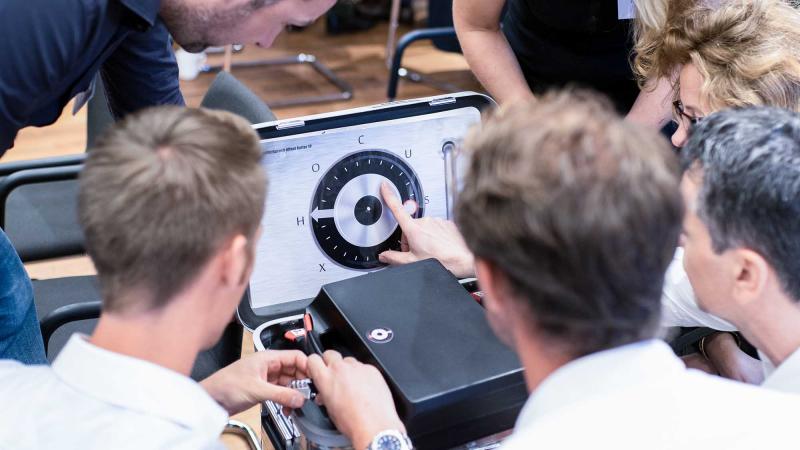
Beat the Box brings Departments Together
In experiential team building activity, Beat the Box the whole group is split into small teams, all with their own closed box on the table. A short and exciting video trailer introduces the participants to the activity: A mysterious voice challenges everyone to stop a countdown within 90 minutes. All the tools you need are in the locked box and the locked suitcases inside, so all of them need to be opened up using puzzles. At the beginning, the participants believe that this is a competition, as the participants are divided into teams, apparently all groups have the same materials and there is no instruction to cooperate.
At the beginning every team tries to open their own box or their suitcases as fast as possible. As the game progresses, however, the teams realise that they will need the results of the other groups as well in order to be able to stop the countdown. The groups (analogous to departments) must therefore share results (analogous to work results) in order to be able to stop the countdown in time (analogous to the company goal).
Team building enhances cross departmental cooperation
This team building therefore focuses on two different aspects in order to improve interdepartmental collaboration: On the one hand, the entire group is broken up into small teams, so that employees from different departments have to work together. This active cooperation and the associated common goal can lead to the dismantling of prejudices and thus to the relaxation of in-group thinking and acting. On the other hand, the participants will be reminded in a playful way that it is imperative for the departments of companies not to lose sight of the common corporate goal.
